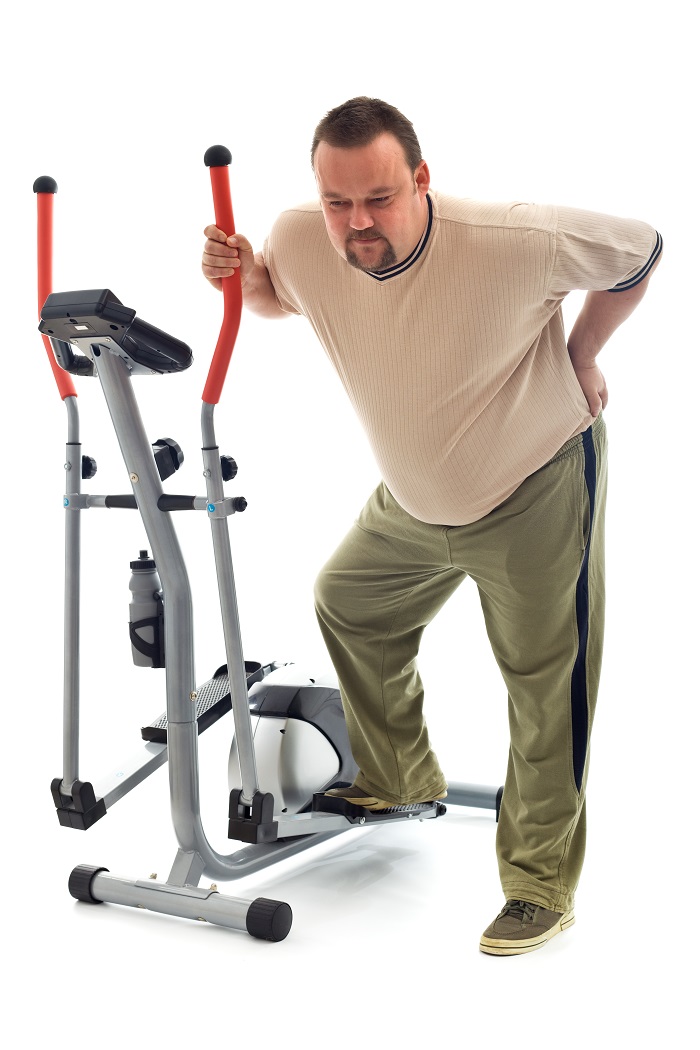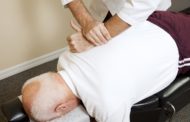Some people believe that weight gain and back pain are part of life. But that’s not true. People can gain weight for several reasons including poor diet, lack of exercise, and metabolism. Back pain, on the other hand, can be experienced for many more reasons than gaining weight. According to the Centers for Disease Control and Prevention (CDC) “More than one-third (36.5%) of U.S. adults have obesity” (cdc.gov. 2016).
However, the connection between weight gain and back pain is that together they can create many debilitating condition. In fact, weight gain is a major contributing factor to back pain based on the added pressure that the extra weight places on the back. More clearly, being overweight may contribute to conditions such as osteoporosis, osteoarthritis, rheumatoid arthritis, degenerative disc disease, and spinal stenosis.
Again, these types of conditions are more likely to develop from being overweight because of the added pressure being placed on the spine and the surrounding area. However, consistent exercise and preventative treatment can help to strengthen the body and improve flexibility. Weak muscles in the back will inevitably lead to pain in the pelvis, lower back, and legs. According to the American Chiropractic Association (ACA), the added weight can affect nerves, bones, joints, muscles, and it may increase the curve in the lower back, which makes the pelvis area bend forward more than usual. This is how lower back pain develops.
Back pain from weight gain can be annoying and it could cause many other health issues in the long run. You can get ahead of it by contacting your local chiropractor to adjust the lower back and ensure that that area of the back is strong enough to carry the extra weight.
If you are suffering from back pain because of weight gain or if you think it could be a contributing factor, contact your local chiropractor to schedule an appointment today.
Sure, it’s easy to say that getting exercise is the prime contributor to losing the excess weight, but how is anybody supposed to get exercise when back pain makes it hard to move? Can you see the angle here? Weight gain causes back pain and back pain restricts exercise, which leads back to weight gain. It’s a grueling cycle, I know, but it can be broken through frequent exercise, consistent stretching, and regular chiropractic visits. Back pain relief is instrumental in having the ability to get more exercise, so be sure to have a good chiropractor on your contact list.
It has been reported by the CDC that approximately one in four adults in America are now considered obese and the percentage is projected to increase by the 2020 (cdc.gov, 2016). This will inevitably equate to more people suffering from back pain. Additionally, the ACA reported a study provided by Jensen, Brant-Zawadzki, Obuchowski, et al., “31 million Americans experience low-back pain at any given time” and back pain is the most common reason for missing work (acatoday.org, 2017).
You can get ahead of weight loss and back pain by contacting your local chiropractor to adjust the subluxations that could be causing pressure in the lower back and ensure that that area of the back is strong enough to carry the extra weight on your body.
If you are suffering from back pain because of weight gain or if you think it could be a contributing factor, contact your local chiropractor to schedule an appointment today.
Below are some recommendations from the American Chiropractic Association (ACA) on how to become healthier through exercise and diets.
- Start small. Try to make the time for a five-minute walk. Eventually, a 30-minute walk will be easier, and that is a tremendous step toward maintaining flexibility and mobility while burning calories at the same time.
- Take small breaks at work. It can be as simple as walking around the office, the parking lot, or going up and down the stairs a few times. This is enough to get blood flowing and to trigger those positive endorphins to get you through the rest of your day.
- Choose a high-fiber diet. Fruits, vegetables, whole grains, and legumes are high in fiber, and fiber curbs hunger. Also, reduce carbohydrates such as candy, pizza, chips, cookies, and some types of bread. Carbohydrates may cause overeating and blood-glucose slumps, which leads to fatigue, headaches, craving sweets, depression, irritability, and other symptoms.
- Keep low-calorie snacks around to satisfy cravings. Having carrot sticks, celery sticks, apple slices, whole-grain granola, fruits, and raisins available can prevent those snack machine raids or fast food cravings. Decrease the grease!
Look for more weight loss and nutrition tips at www.acatoday.org/NCHM. To find a doctor of chiropractic near you, click here.







